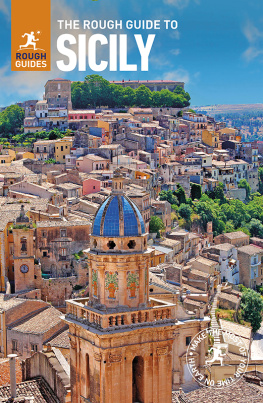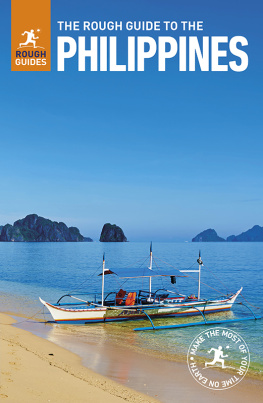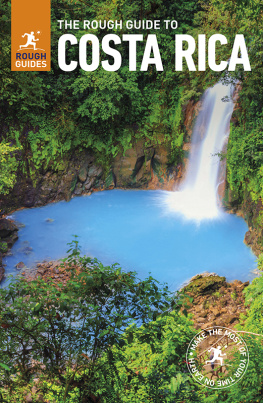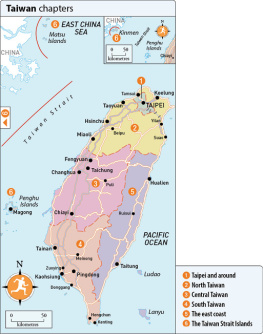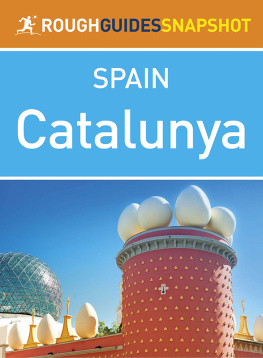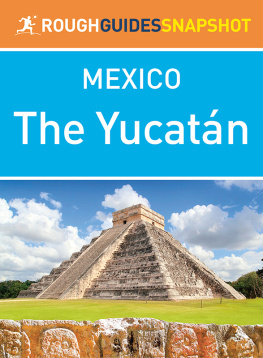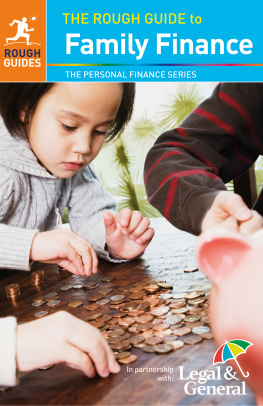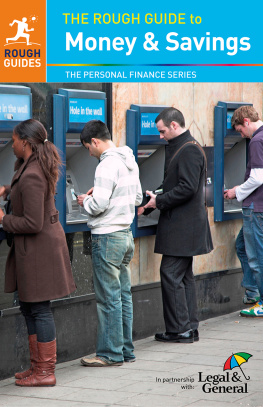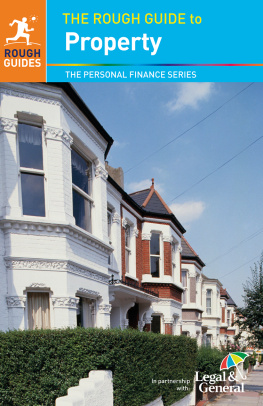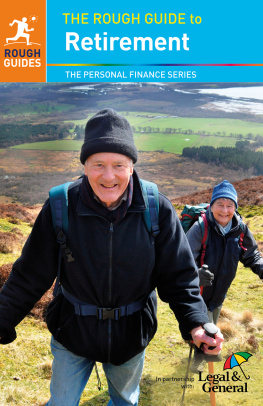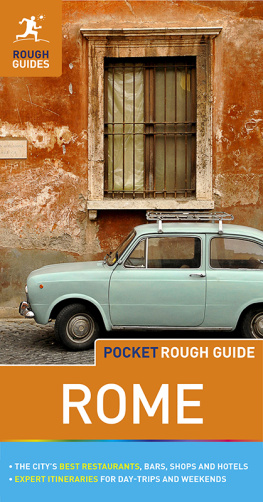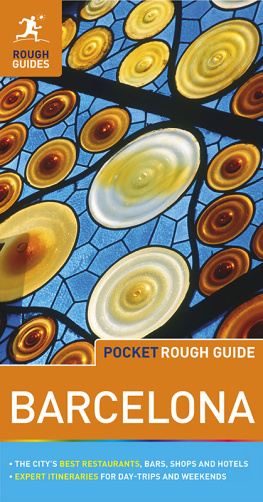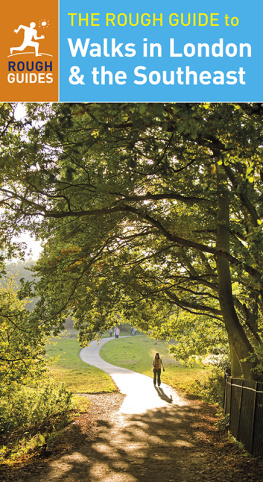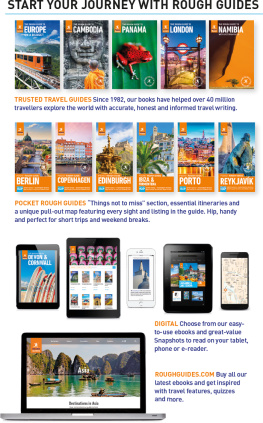Rough Guides - The Rough Guide to Sicily
Here you can read online Rough Guides - The Rough Guide to Sicily full text of the book (entire story) in english for free. Download pdf and epub, get meaning, cover and reviews about this ebook. year: 2017, publisher: Rough Guides, genre: Science / History. Description of the work, (preface) as well as reviews are available. Best literature library LitArk.com created for fans of good reading and offers a wide selection of genres:
Romance novel
Science fiction
Adventure
Detective
Science
History
Home and family
Prose
Art
Politics
Computer
Non-fiction
Religion
Business
Children
Humor
Choose a favorite category and find really read worthwhile books. Enjoy immersion in the world of imagination, feel the emotions of the characters or learn something new for yourself, make an fascinating discovery.
- Book:The Rough Guide to Sicily
- Author:
- Publisher:Rough Guides
- Genre:
- Year:2017
- Rating:5 / 5
- Favourites:Add to favourites
- Your mark:
- 100
- 1
- 2
- 3
- 4
- 5
The Rough Guide to Sicily: summary, description and annotation
We offer to read an annotation, description, summary or preface (depends on what the author of the book "The Rough Guide to Sicily" wrote himself). If you haven't found the necessary information about the book — write in the comments, we will try to find it.
The Rough Guide to Sicily — read online for free the complete book (whole text) full work
Below is the text of the book, divided by pages. System saving the place of the last page read, allows you to conveniently read the book "The Rough Guide to Sicily" online for free, without having to search again every time where you left off. Put a bookmark, and you can go to the page where you finished reading at any time.
Font size:
Interval:
Bookmark:

This Rough Guide is one of a new generation of informative and easy-to-use travel-guide ebooks that guarantees you make the most of your trip. An essential tool for pre-trip planning, it also makes a great travel companion when youre on the road.
From the section.
Detailed area maps feature in the guide chapters and are also listed in the , accessible from the table of contents. Depending on your hardware, you can double-tap on the maps to see larger-scale versions, or select different scales. There are also thumbnails below more detailed maps in these cases, you can opt to zoom left/top or zoom right/bottom or view the full map. The screen-lock function on your device is recommended when viewing enlarged maps. Make sure you have the latest software updates, too.
Throughout the guide, weve flagged up our favourite places - a perfectly sited hotel, an atmospheric caf, a special restaurant with the author pick icon  . You can select your own favourites and create a personalized itinerary by bookmarking the sights, venues and activities that are of interest, giving you the quickest possible access to everything youll need for your time away.
. You can select your own favourites and create a personalized itinerary by bookmarking the sights, venues and activities that are of interest, giving you the quickest possible access to everything youll need for your time away.
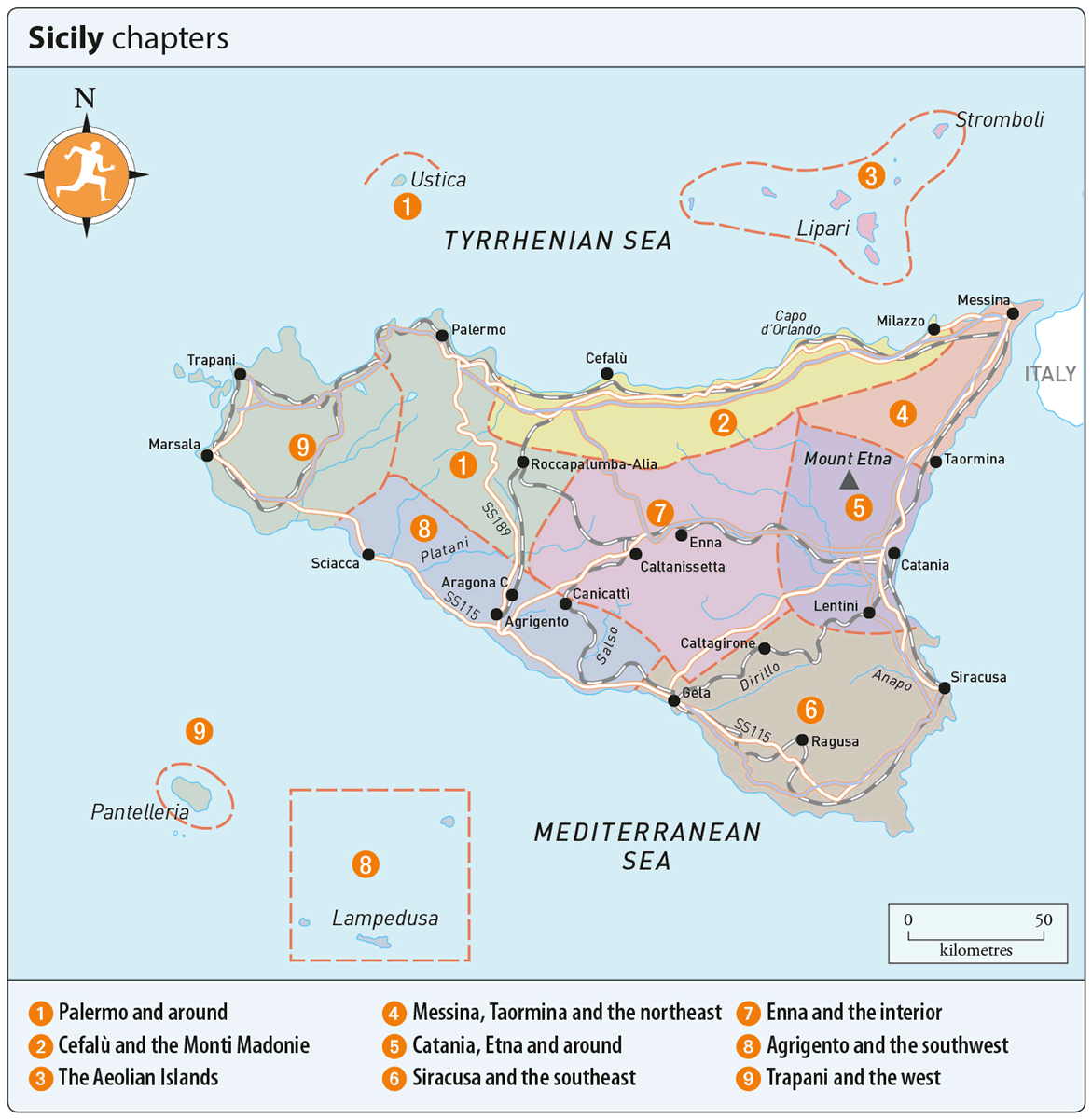

To say that Sicily isnt Italy is trite but true only 3km of water separate the island of Sicily from the Italian mainland, but the historical and cultural gulf is far wider, and locals see themselves as Sicilians first and Italians second. Strategically located at the heart of the Mediterranean, the islands history is distinct from that of peninsular Italy, and some of the western worlds greatest civilizations have left their mark, from ancient Greek temples and Arabic street plans to stunning Norman mosaicked cathedrals and flamboyant Spanish Baroque palaces. Sicilian dialects thrive, while many place names are derived from the Arabic that was once in wide use across the island. Markets brim with produce that speaks firmly of the south oranges, lemons, olives, rice, almonds and peppers and ice cream can still be found flavoured with rose and jasmine petals, a sure sign of the islands North African roots.
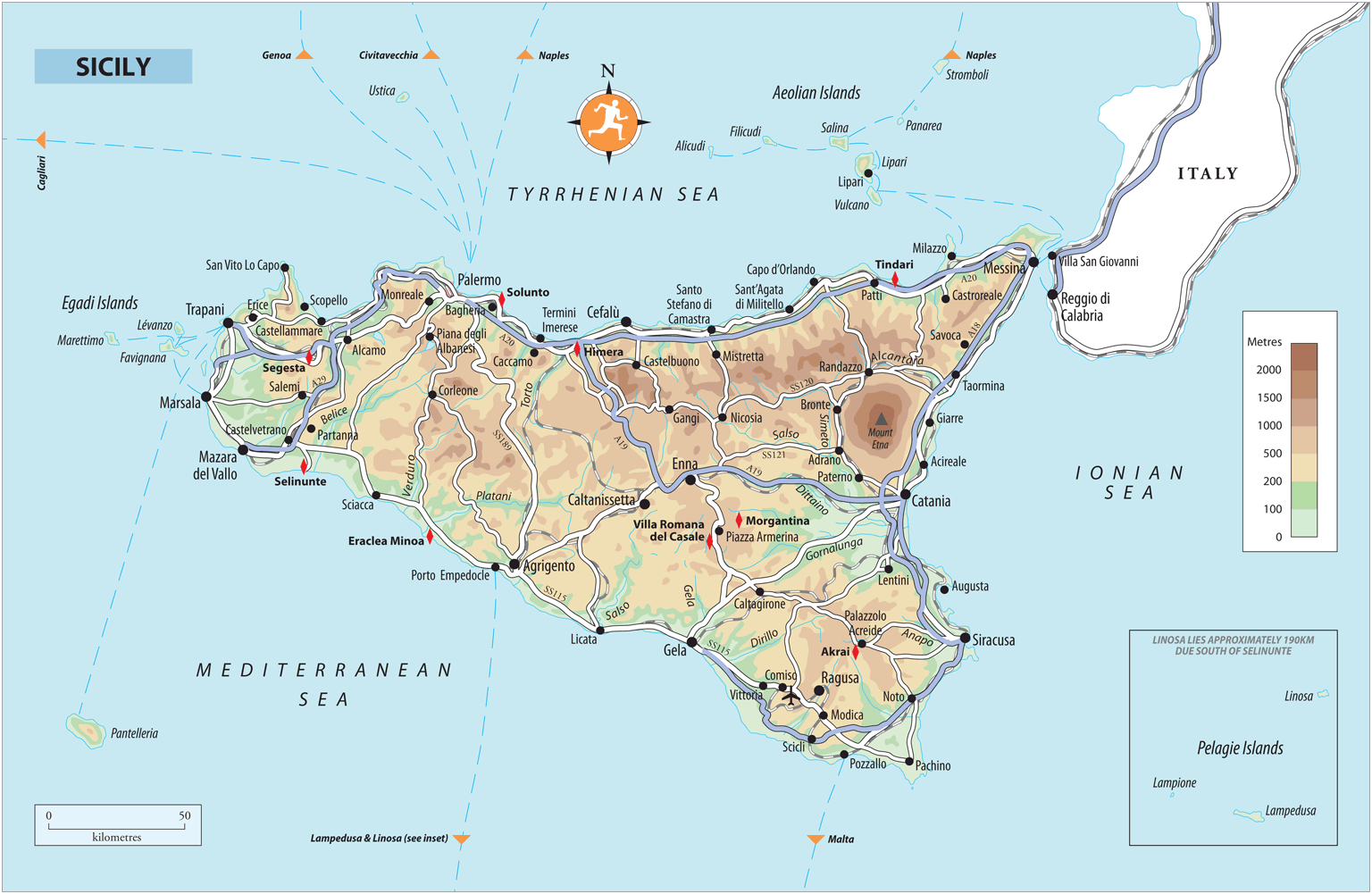
- Sicily is the largest island in the Mediterranean, with extensive areas of mountains in the north and east, the highest being Mount Etna (3323m) Europes biggest active volcano. Apart from Etnas sporadic eruptions, Sicily is also prone to seismic upheavals massive earthquakes destroyed the southeast from Catania to Ragusa in 1693, flattened Messina in 1908, and rocked the western part of the island in 1966.
- Sicily has a semi-autonomous status within the Italian republic, with its own parliament and president , and limited legislative powers in such areas as tourism, transport, industry and the environment. There is no separatist movement to speak of, though suspicion of central government runs deep.
- Disregard for regulations long accepted in the rest of Europe is rife in Sicily, and this anarchic approach to the law manifests in myriad ways. Thanks to the local distaste for wearing seat belts , most garages now stock a device designed to override car safety systems and save drivers the irritation of bleeping belt alerts.
- One of the most densely populated islands in the Mediterranean, Sicilys population is something over five million, with settlement mainly concentrated in the two cities of Palermo and Catania, on the northern and eastern coasts.
- Compared to north Italy, the economy has remained relatively underdeveloped. Though there are pockets of industrial activity, Sicily is mainly agricultural . However, the sector has suffered considerable setbacks over recent years, while local fishermen struggle with quota restrictions and competition from international mega-boats that hoover up vast shoals of tuna. These days, tourism plays an increasingly crucial role in the Sicilian economy.
Moreover, the historic combination of island mentality and a wild, lawless, mountainous interior has fostered an us-and-them attitude that still defines the relationship between modern-day Sicily and Italy. The island was probably the most reluctantly unified of all Italian regions back in the nineteenth century, with Sicilians unsurprisingly suspicious of the intentions of the latest in a long line of rulers Phoenicians, Greeks, Romans, Arabs, Normans, Angevins and Spanish. For many Sicilians, their place in the modern Italian state is illustrated every time they look at a map to see the island being kicked by the big boot of Italy the perpetual football.
And Sicilians do have a point. Pockets of the island have been disfigured by bleak construction projects and unsightly industry, and despite Sicilys limited political autonomy, little has really been done to tackle the more deep-rooted problems: youth unemployment is at an all-time high, emigration of the brightest is on the rise, poverty is seemingly endemic, and theres an almost feudal attitude to business and commerce. Aid and investment pour in, but much is still siphoned off by the Mafia , while the daily arrivals during the summer months of refugees from Africa not only underline Sicilys proximity to that continent but also its vulnerability. Visitors, of course, see little of this. Mafia activity, for example almost a byword for Sicilian life when viewed from abroad is usually an in-house affair, with little or no consequence for travellers.
What Sicily does offer is a remarkably fresh Mediterranean experience. Its main resorts and famous archeological sites have attracted visitors for many years, but budget airline routes have opened up lesser-known parts of this fascinating island, while boutique accommodation and sustainable tourism projects have mushroomed in recent years. The rewards are immediate, notably the dramatic landscapes that range from pin-prick outlying islands to the volcanic heights of Mount Etna . Much of the island is underpopulated and, outside the few tourist zones, crowds are rare which means plenty of opportunity to make your own personal discoveries: dazzling white- and black-sand beaches , sparkling coves, rolling wheat plains, upland wild-flower meadows and precarious mountain passes. Sicily was an important power base during Greek and Roman times, and its excavated ancient cities and temples especially are superb, standing comparison with any ruins in Greece itself. There are exquisite Arab-Norman palaces such as the Palazzo dei Normanni, as well as impressive churches and castles across the island, while the devastation wrought by the great earthquake of 1693 provided a blank slate for the building of some of the most harmonious Baroque architecture to be found in Europe, best seen in Noto, Ragusa and the Val di Noto.
Perhaps above all, theres a distinct way of day-to-day living that separates Sicily from the rest of Italy an almost operatic exuberance that manifests itself in some extraordinarily colourful festivals and celebrations. Youre unlikely to forget the intensity of the Sicilian experience, whether youre shopping for swordfish in a raucous souk-like market , catching a concert in a dramatic open-air Greek theatre, bathing in a hidden hot spring, or island-hopping by hydrofoil across azure seas.
Font size:
Interval:
Bookmark:
Similar books «The Rough Guide to Sicily»
Look at similar books to The Rough Guide to Sicily. We have selected literature similar in name and meaning in the hope of providing readers with more options to find new, interesting, not yet read works.
Discussion, reviews of the book The Rough Guide to Sicily and just readers' own opinions. Leave your comments, write what you think about the work, its meaning or the main characters. Specify what exactly you liked and what you didn't like, and why you think so.

